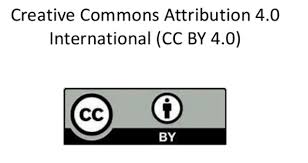COVID-19 Dynamics in Rajshahi Division: An RT-qPCR-Based Study
DOI:
https://doi.org/10.47440/JAFE.2024.5207Keywords:
COVID-19, SARS-nCoV-2, RT-qPCR, Prevalence, Rajshahi DivisionAbstract
On March 8, 2020, the case of COVID-19 patient was first reported in Bangladesh. Since then, the Directorate General of Health Services (DGHS) has announced that COVID-19 is being identified daily in Bangladesh. This study was conducted at Rajshahi Medical College, Bangladesh, from July 2022 to June 2023. The COVID-19 epidemiology and demography study were performed in the Rajshahi division, comprising four major regions (Rajshahi, Joypurhat, Natore, and Chapai Nawabganj). An analysis was conducted to determine the correlation between three variables: age, gender, and various demographic regions of the patients. A total (N=7979) COVID-19-positive cases were confirmed with reverse transcription polymerase chain reaction (RT-qPCR) at Rajshahi Medical College. Out of the age groups, the 20-29 age group exhibited the highest infection rate among the deceased COVID-19-positive cases, accounting for 21.7% (n = 1731) of the total confirmed patients. Men were more affected by COVID-19, with 61.6% (n = 4914) of the cases being male, compared to 38.4% (n = 3065) of female cases. Rajshahi district reported the highest number of positive COVID-19 cases, comprising 69.7% (n = 5564) of the total cases, followed by the remaining three regions, Joypurhat, Natore, and Rajshahi Medical College region (RMC), respectively. Furthermore, compared to rural inhabitants, urban individuals were found to be more susceptible to contracting SARS-CoV-2 infection. This study provides valuable insights for health professionals and policymakers to devise effective strategies for controlling and reducing the spread of COVID-19 in the region.






 Publisher:
Publisher: 